Improving the prospects for two tree-dwelling bat species
Improving the prospects for two tree-dwelling bat species
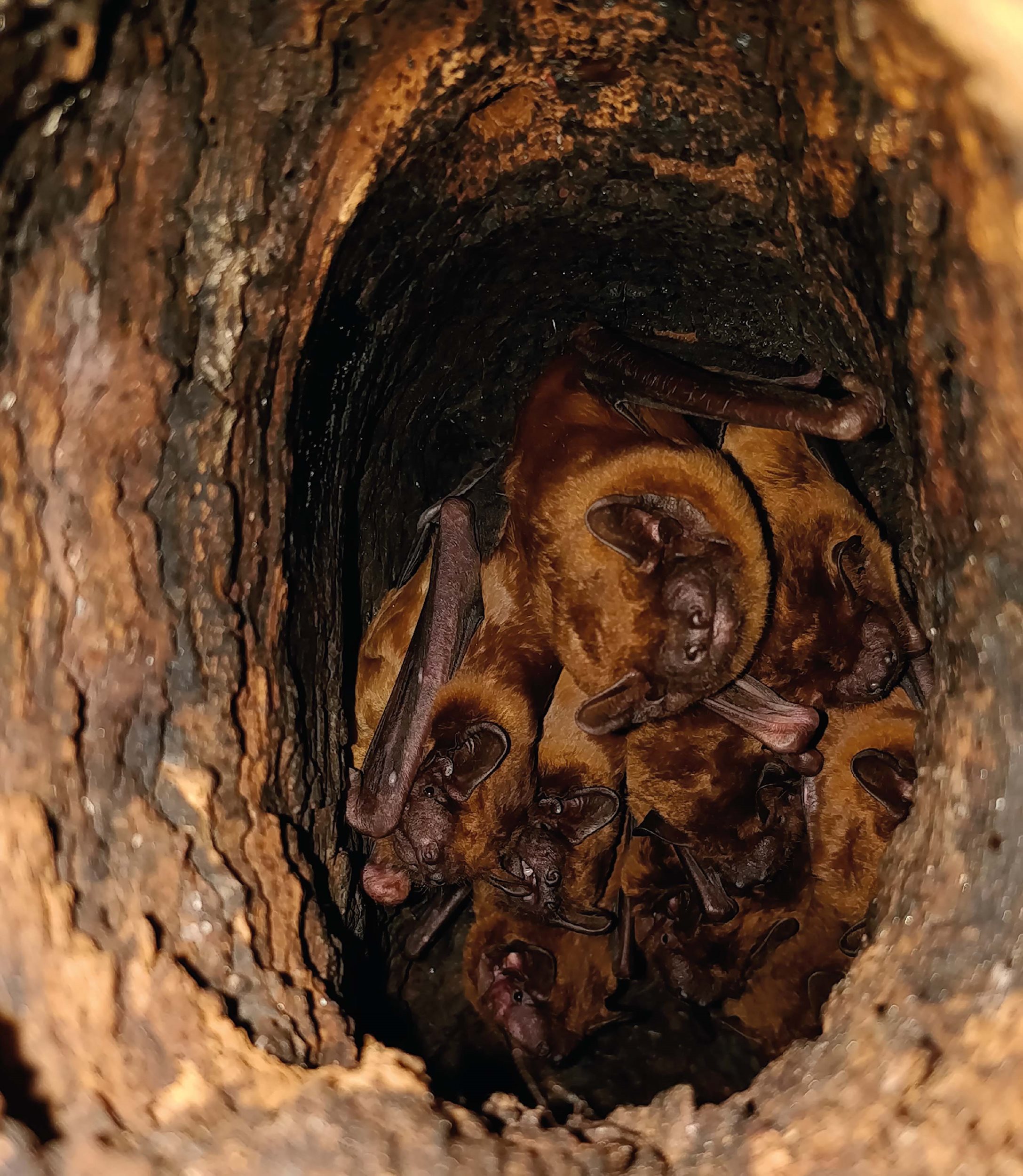
Jim Mullholland
This article is the first in a pair which details the progress of a five-year research project, part funded by the Arboricultural Association.
Of the 17 species of bat resident in the UK, 15 are known to roost in trees. The strict legal protection afforded to bats means that their presence is an important consideration for arborists.
However, the ecology of bat species makes detecting their presence challenging: bats are small creatures (smallest 3–5cm and largest 6–8cm long), they hide themselves away from view (inside cavities, splits, etc.) and exhibit frequent roost-switching behaviour (as often as every 2–3 days). This creates challenges for those who are tasked with surveying for them.
How do we overcome the odds which are overwhelmingly stacked against us? Essentially, we need to increase the chances of finding bats by looking more frequently. One study showed that the encounter rate for a single visit can be as low 5%. Bizarrely, adding a second non-sequential visit (i.e. a second visit not on the following day) does not increase these odds. The only way of increasing the odds is to visit the tree sequentially: two sequential visits increase the odds to 9.8%. Fourteen visits are required to increase the odds to above 50% (i.e. more likely than not). However, the cost and delay associated with undertaking these surveys are likely to be prohibitive for most situations.
In 2018/19 we undertook a pilot project to investigate whether technology can be used to reduce/replace surveyor effort. This pilot demonstrated that trail cameras, typically used to film wildlife in gardens or locate deer for management purposes, have the potential to replace manual surveyor effort. In 2020, funding was secured from the People’s Trust for Endangered Species and the Arboricultural Association, with support from STIHL, to fully test this approach.
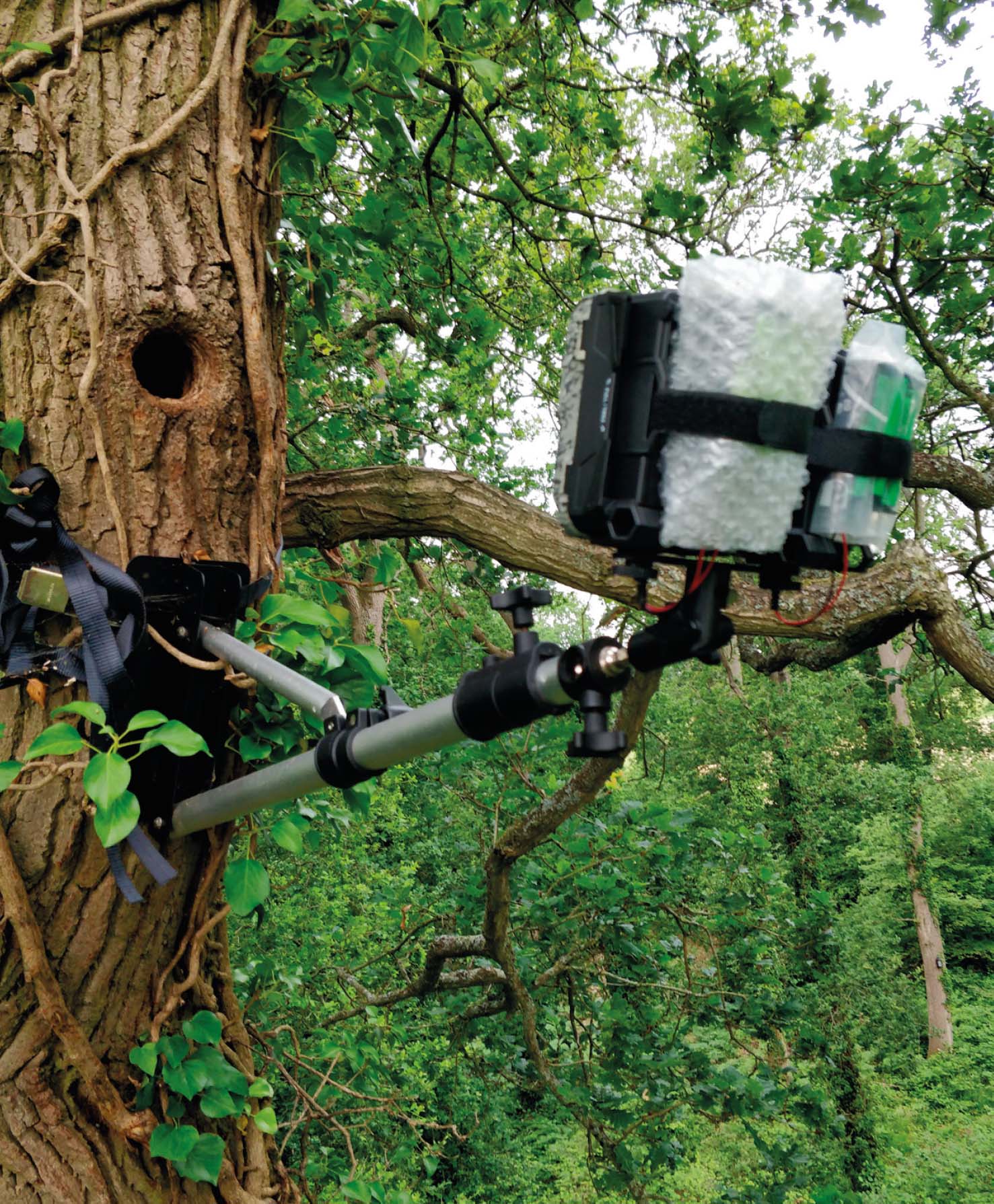
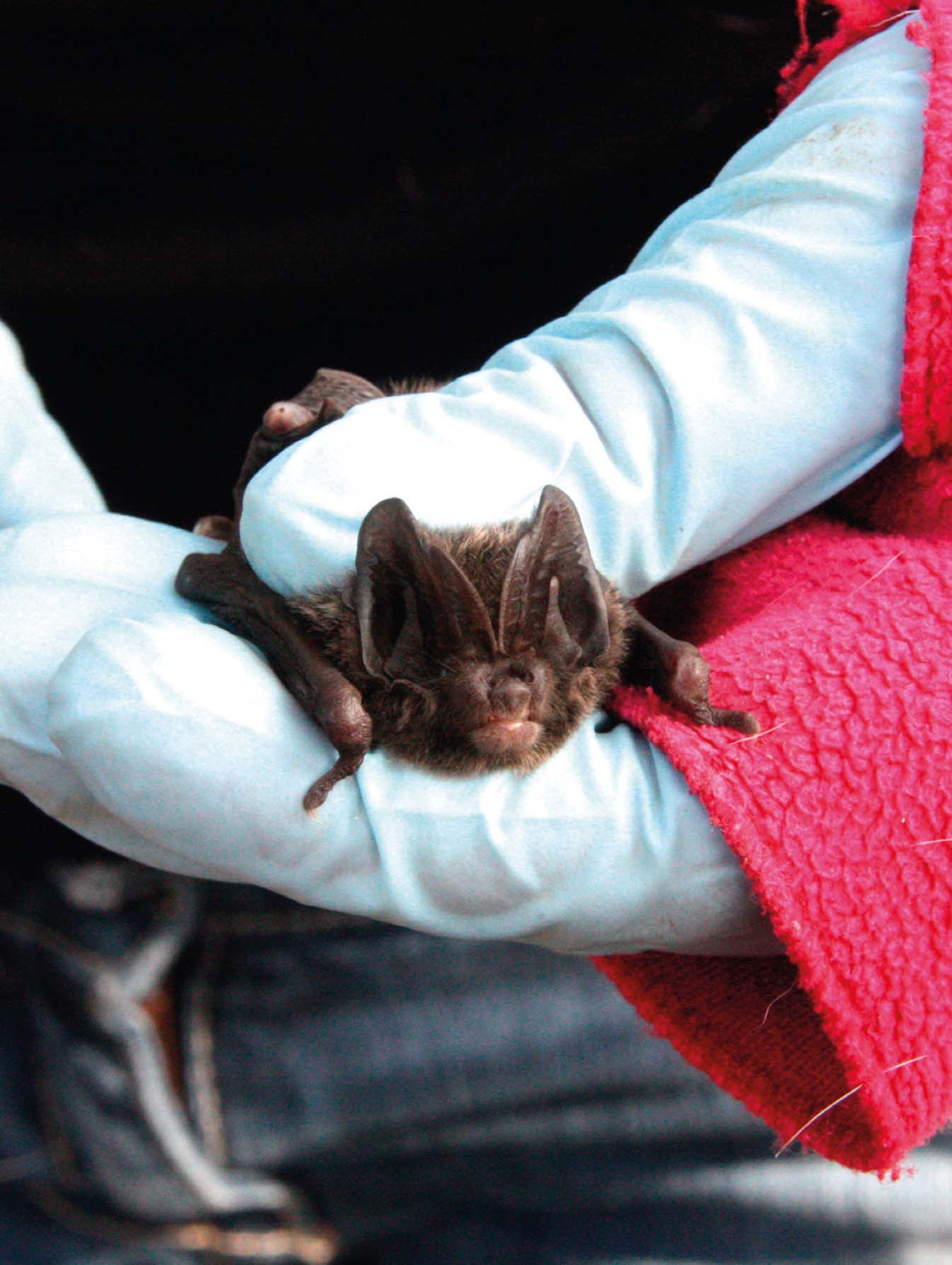
Project aims and methods
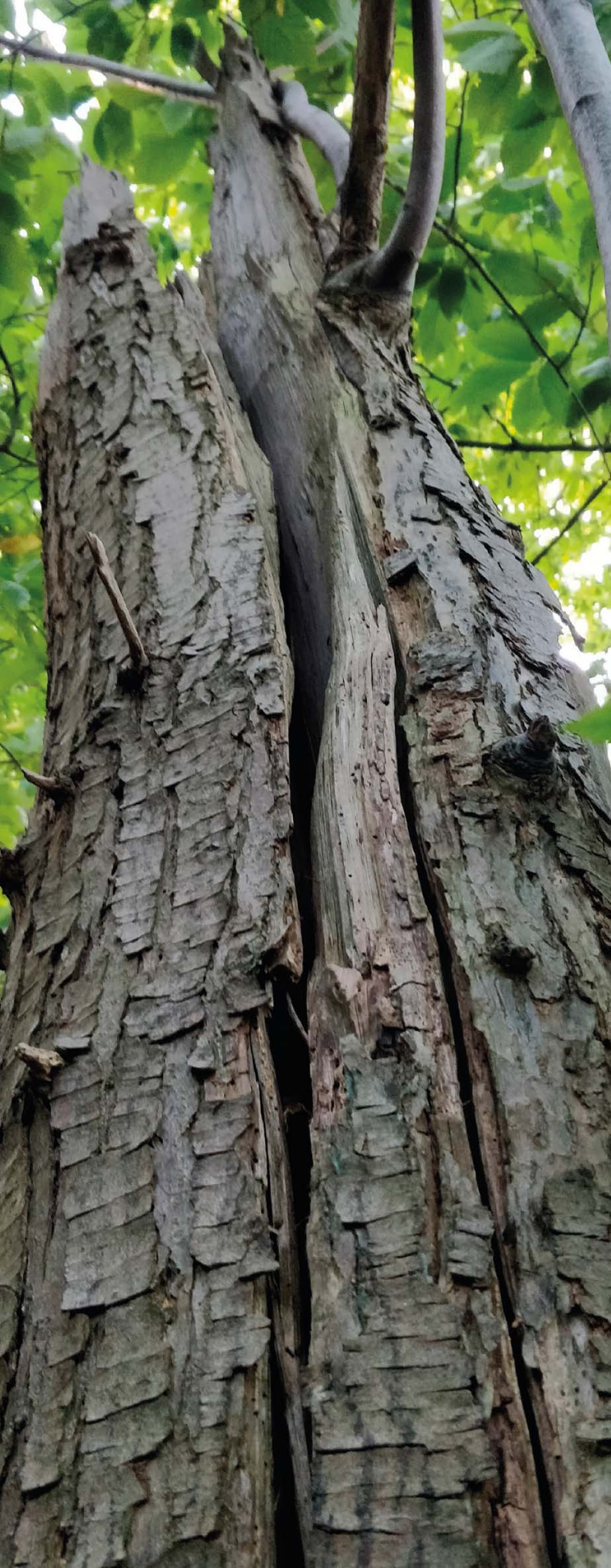
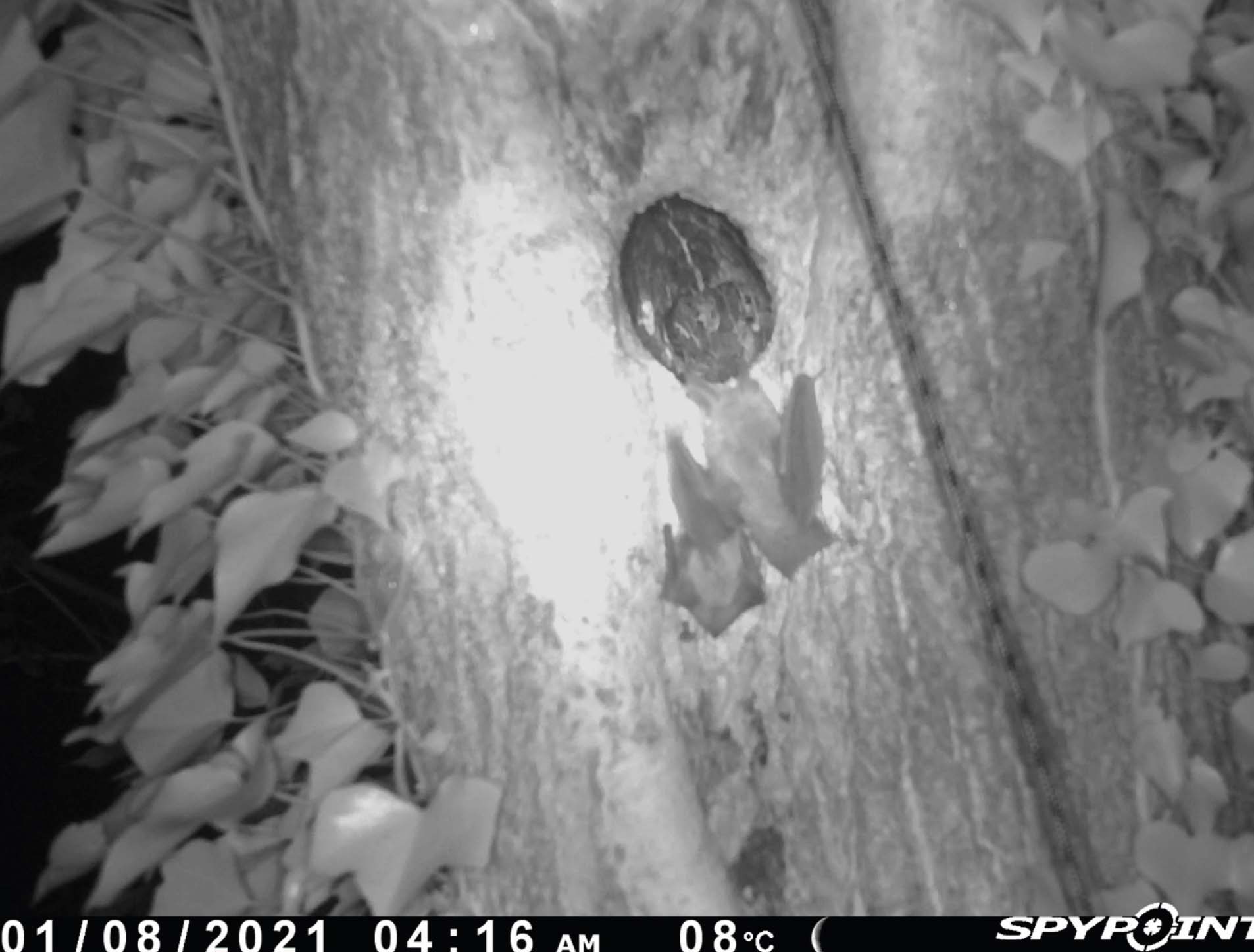
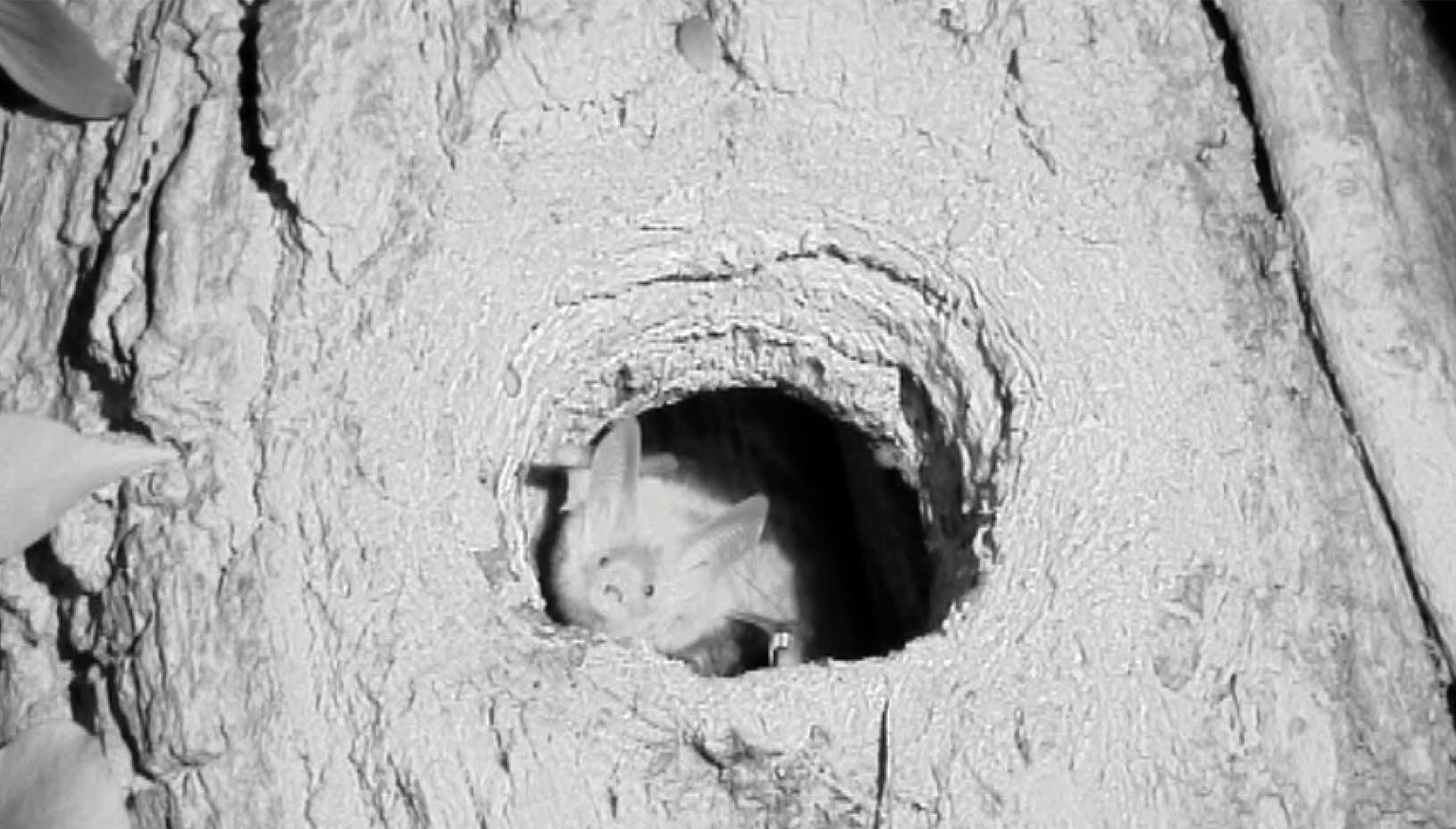
The project involves identifying existing bat roosts in trees; we achieved this by catching bats and attaching a small radio-tag, which emits a radio signal that can then be followed. We are aiming to monitor 10 tree roosts for each of the two target species: Bechstein’s bat (Myotis bechsteinii) and barbastelle (Barbastella barbastellus). These species were chosen due to their preference for tree roosting. Once the roosts are identified, trail cameras are deployed to capture the bats’ movements.
To be successful, there are various challenges we need to overcome. The most significant is trigger time. The cameras have a passive infra-red sensor which triggers them to record. They are manufactured to record large, slow-moving mammals, but we are using them to monitor roosts of small, fast-moving mammals. With this limitation acknowledged, we are testing various factors such as: the position of the camera relative to the roost entrance, distance from the roost entrance, whether photo or video is more effective (the trigger time to take a photo is shorter than for a video), and, if videos are used, what length of video is most effective (the longer the video, the longer the trigger time, the larger the memory card needed and the longer needed to review footage).
Preliminary results
Over the next three years we will evaluate the effectiveness of the trail cameras as a replacement for human effort. However, we do have some preliminary results which I will share here. The most significant is that all cameras which were successfully deployed recorded bats, although there have been a few technical difficulties resulting in unsuccessful deployment, including cameras not pointing at the roost entrance (oops!). This 100% success rate is a significant advantage over that for human surveyors, which, as mentioned above, is woefully low.
Reviewing the footage is a pleasure as it provides an insight into little-studied bat behaviour. We have recorded several instances of different bat species using the same roost at different times – a bit like a time-share. For example, we have recorded noctule bats (Nyctalus noctula) and Daubenton’s bat (Myotis daubentonii) in known Bechstein’s roosts and Brandt’s bats (Myotis brandtii) in a known barbastelle roost.
The overall highlight is a video which shows a weary Bechstein’s bat returning to the roost (a woodpecker hole) around 2am, only to be seen off by a great spotted woodpecker (Dendrocopos major) who was already in the cavity. I am sorry that I can’t share them with you via this medium; however, if you visit my YouTube channel (www.youtube.com/c/batsintrees) or social media pages (@BatsRTS) you will be able to view these videos and keep up to date with our findings.
I can, however, share photos with you. My favourite shows a Bechstein’s bat landing outside the roost with a juvenile bat under its wing – mum providing support whilst the young bat undertakes one its first flights (see above).
The future
As I write this, we have just deployed the trail cameras for 2022. We will revisit them every two months to change batteries, download footage and undertake any maintenance required to ensure they function well.
So far we have demonstrated that these cameras are more effective than humans in answering the first research question – ‘Are bats present?’ Further refinement and analysis are required to ascertain whether we can answer additional research questions such as: ‘What bat species are present?’, ‘How many bats are present?’, ‘When are bats present?’ It is unlikely that an off-the-shelf trail camera will be able to answer all of these questions. Just how effective these cameras are will be evaluated as the project progresses.
In the next edition of the ARB Magazine, I will provide an update on the second strand of the research project – creating bat roosts in living trees.
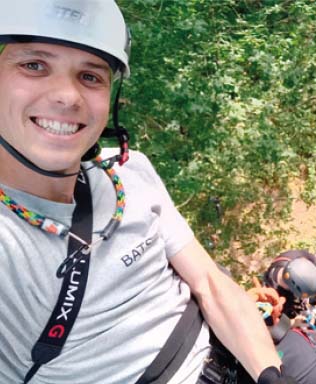
Jim Mullholland is the Director of BATS Research and Training Services, an organisation dedicated to conservation of bat species through research and education.
Among other training, Jim delivers a Bat Licence Training Programme designed to help ecologists and arboriculturists obtain their bat survey licence.
References
Bat Tree Habitat Key (2018). Bat Roosts in Trees. Pelagic, Exeter.
pelagicpublishing.com/products/bat-roosts-in-trees-bat-tree-habitat-key
This article was taken from Issue 197 Summer 2022 of the ARB Magazine, which is available to view free to members by simply logging in to the website and viewing your profile area.
